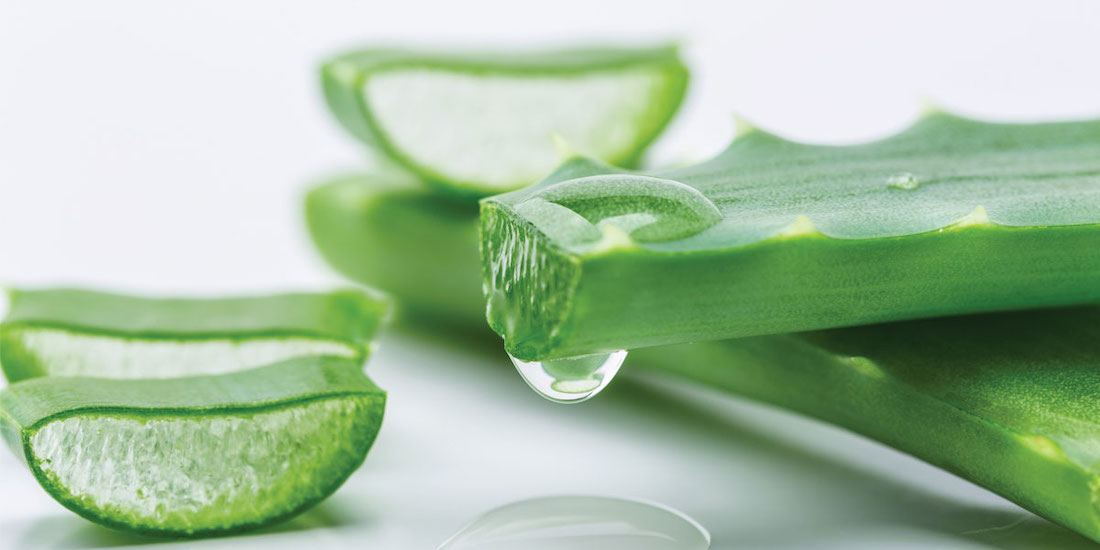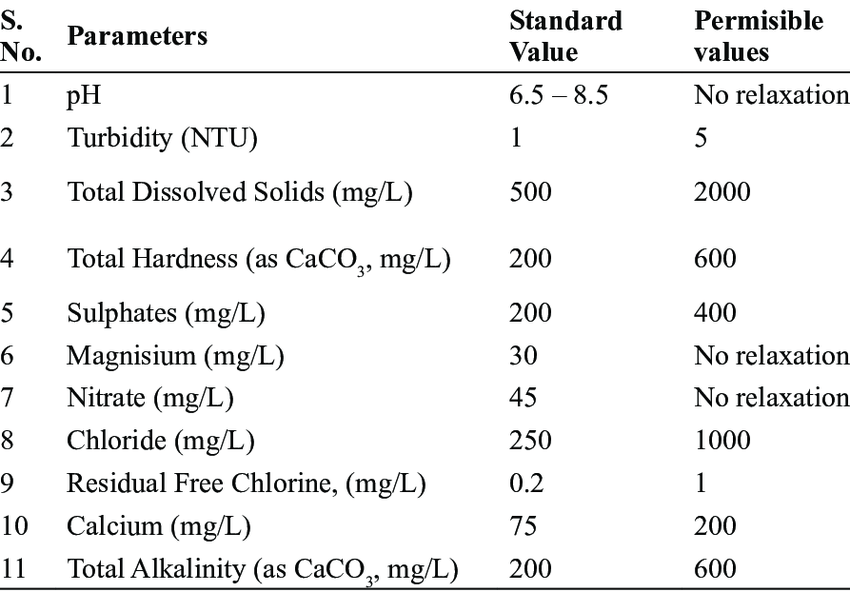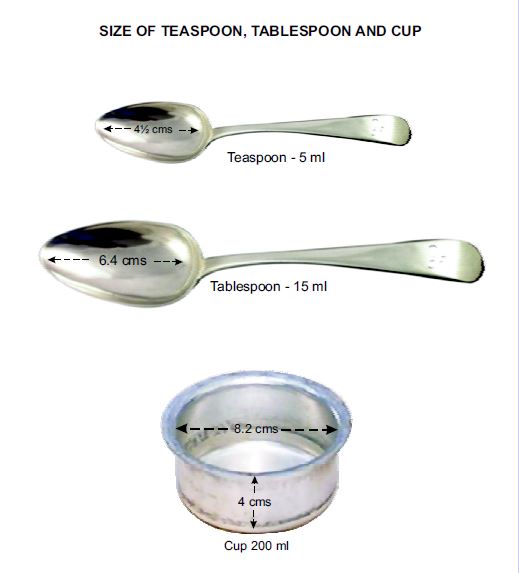Aloe vera: For the skin and the immune system
You must be aware of aloe vera facewashes and gels in the market, but have you applied natural aloe vera gel straight from the plant? Read on for its benefits for the skin and beyond.
Aloe vera is one of the most healing herbs in the plant kingdom. It has been used since immemorial to heal skin injuries and burns. It has a crucial role in supporting the immune system.
Sterols and sterolins present in aloe vera are responsible for improving the overall immune response.
Harmful pathogens causing influenza and cold can be worked against by the long-chain polysaccharide present in aloe vera.
Vitamins A, C, B1, B2, B3, B6, B12, E, folic acid, choline, calcium, phosphorus, potassium, iron, sodium, magnesium, manganese, copper, chromium, and zinc are just a few of the critical vitamins and minerals found in the plant. Isoleucine, leucine, lysine, methionine, phenylalanine, threonine, valine, aspartic acid, glutamic acid, alanine, arginine, cystine, glycine, histidine, hydroxyproline, proline, serine, and tyrosine are among the several amino acids found in aloe. [1]
It produces at least six antiseptic substances, including lupeol, salicylic acid, urea nitrogen, cinnamonic acid, phenols, and sulfur, which can destroy or control mold, bacteria, fungus, and viruses. Salicylic acid and lupeol are well-known for being potent pain relievers. Three anti-inflammatory fatty acids, cholesterol, campesterol, and -sitosterol, are also present in aloe (plant sterols). The usefulness of aloe in treating burns, wounds, scrapes, acid indigestion, ulcers, and other inflammatory conditions of the liver, kidney, colon, and pancreas, among other conditions, is due to these substances. [2]
Aloe vera also contains the following minerals: sodium, potassium, phosphorus, and iron. Copper is essential for red blood cells, skin pigment, and hair growth. Iron is necessary for producing hemoglobin in red blood cells and oxygen transport within them (it regulates body liquids, helps nerve and muscle performance, and helps deliver nutrients to body cells).[3]
By preventing the invasion of microorganisms, aloe vera juice boosts immunity and increases cell healing ability when consumed orally. It reduces the painful effects of shingles, reduces symptoms of psoriasis, and eases heartburn and ulcers. Aloe vera has high water content (96%). This prevents wound desiccation and increases the migration of epithelial cells.
Aloe vera helps improve immunity and protects the heart, brain, and other vital organs. The whole leaf extract stimulates the cells of the immune system. The phagocytes of the human body increase their scavenging activities, thus cleaning the body and giving a whole cascade of protective actions, which strengthen immunity. Aloe vera, a great immune stimulant, contains 90 percent rhodium and iridium (trace minerals), which is one of the polysaccharides which dramatically increase the white blood cells or macrophages and T cells. The polysaccharides are absorbed entirely and appear in the bloodstream unchanged hence they act as immunomodulators. [4]
Antioxidants help boost the immune system and combat free radicals in the body. These free radical fighters eliminate toxins and carcinogenic elements in human bodies from pollution and poor-quality foods. [3]
The healing properties of aloe are due to the presence of aloectin B, which stimulates the immune system.
The Aloe vera gel polysaccharide can boost the working of the macrophages in the intestines allowing the immune system to improve T-Lymphocyte activity by up to 50 percent to penetrate harmful bacteria, viruses, tumor cells, and various pathogens. [3]
Aloe vera stimulates the body’s immune system, particularly T4 helper cells – white blood cells that activate the immune response to infection. The medicinal uses of Aloe vera extend to protection against radiation burns. [5]
Hence, try your hand at aloe vera next time!





